4 Days On A Russian Train
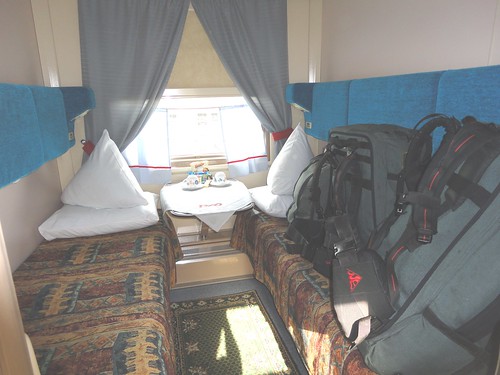 |
| Our home for 4 days |
The providnitsa (each carriage is appointed a Russian attendant for the duration of the journey) showed us to a different compartment to what was allocated on our ticket. She reassured us in Russian and hand gestures that it was okay. Not okay, however, with an angry belligerent Russian man whose cabin we’d filled and who was being led by the providnitsa to another compartment. A verbal attack by him followed as he stuck his head into our cabin several minutes later and sneered and snarled at us in Russian before we could finally give him the flick and slam the door shut after him. The providnitsa, meanwhile, was staying out of it. We got out of it shaken, but unharmed!
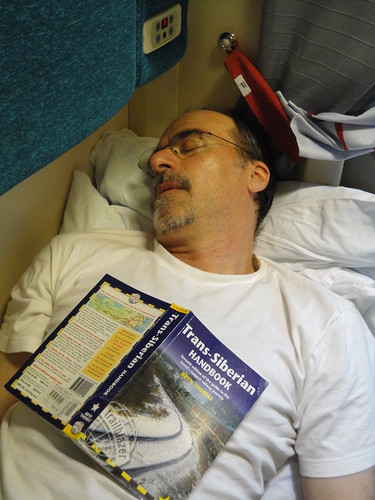 |
| Sleeping on the job |
Throughout the journey from Irkutsk in the east, through the vast Siberian region, and to the western end of Russia our train’s display clock and all station timetables ran on Moscow time even though there was a 5 hour time difference for much of the way. To adjust to the many time zones, Max and I gradually set our watches forward an hour or two each day and tried to eat, sleep and recreate according to our personal times rather than by the official time.
There was certainly plenty of time to kill. Just like the cook in the dining car must have assumed he had. We had miscalculated the length of the train journey, thinking it was for 3 days and we had 3 days’ worth of instant noodle meals as well as various snacks and fruit. By the last evening, the decision was made that we’d splash out on a proper sit-down meal in the restaurant car and save our leftover Snickers bars, crackers and a cucumber for lunch the next day. A simple steak for Max and a chicken fillet for myself. Now, how long would you think would be a reasonable amount of time it would take a cook to prepare 2 simple dishes whilst the meals carriage was almost empty? (Pause, think) Wrong! One and a half hours or 1 hour, 40 minutes to be precise. And that was after a 20 minute finger-strumming wait for the under-worked waiter to bring us menus.Our body clocks were working overtime as peckishness turned to ravenous, murderous hunger. We chatted, we sipped our drinks as slowly as possible, we took in the detail of the old art deco-style dining cart, we people-watched the 3, 4 or 5 passengers….tick, tick, tick. When living in Dubai, we learnt that when someone says 'I'll have it ready for Tuesday"' you ask pretty smartly which Tuesday?' Did Cookie realise the meals were meant for today, not tomorrow? Like now time not Moscow time? That hadn’t been made obvious. Maybe we should have sent a message to the kitchen “appetites lost…..gone walkabout…..can’t find them……kaput”, but we politely (or stupidly) sat there waiting. Is this the kind of Russian service to expect from now on, a throwback from Communist times perhaps, with a compulsory 30 minute cigarette break in between?
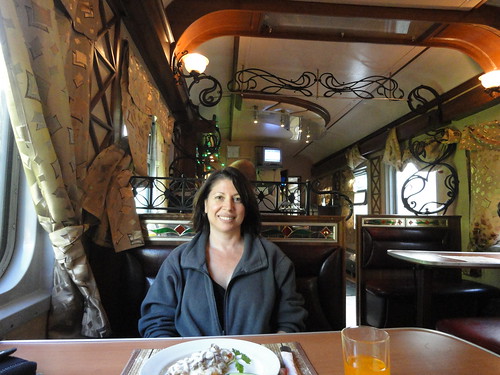 |
| The 'busy' dining car |
The scenery out of the windows rarely changed – kilometres upon kilometres of lush green forests and fields, farmlands, rivers, small villages and towns many with wooden houses and ornately decorated windows and doors, and a few small unattractive industrial cities. The sheer scale of Siberia, which is only one region of Russia, is so huge – it’s like training it across Australia and still having room left over for more. Unfortunately, main cities such as Ekaterinburg were passed in the dark of night. Stops at various stations were listed on the rail timetable and usually were for anywhere between 10 or 25 minutes. Our strict providnitsa, however, would tell us “pyat minutae” and hold up 5 fingers. That gave Max little time to line up at station kiosks for water or snacks, and often she signalled us back into the train before Max had reached the front of the queue. We would then sit in the carriage waiting for many minutes later, emptyhanded of Rusky snacks. Uurrrggghhhh, not fair, Claire!
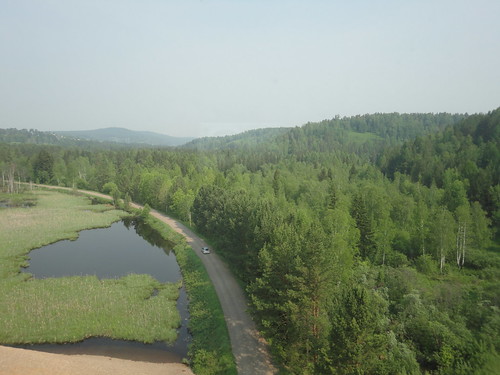 |
Siberian countryside |
So, we’ve made it to the end of the line (or the beginning depending on where you start) for the great Trans-Siberian rail journey. We’ve accomplished one of our aspirations to rail across from China to Russia. Are we glad we did it? Certainly. The mystery of NOT traversing it would have hounded us until we did. Would we do it again? No, once was enough. There are too many other spaces and places in the world waiting to be explored and I don’t think we’d gain any more insight by doing it all over again, unless we wanted to see the countryside blanketed in winter snow. The rail journey itself was not as much a highlight as I’d anticipated, but the stopovers made it very worthwhile. We’ve now experienced Chinese, Mongolian and Russian carriages all in “first class” (relaxed terminology meaning a 2-berth cabin where the seats are meant to convert to “soft” beds, but they’re actually harder than chiropractic) and the Chinese compartments we felt were the best, even coming with a tiny ensuite with basin and handheld cold shower shared with the adjoining cabin. Their food in the dining car was also cheaper and tastier. A tip for those considering doing the journey – you’d save a bundle of money if you bought your own rail tickets yourself (each sector is not that expensive) or got local agents or your accommodation at each stopover to do it for you.
Now the longest hot shower in history awaits us as we wash 4 days of crustiness down the drain.
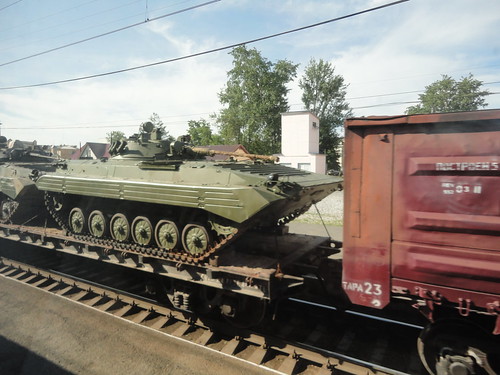 |
| Tank shipment heading east |





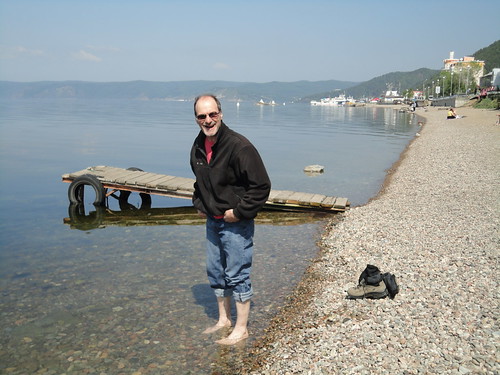
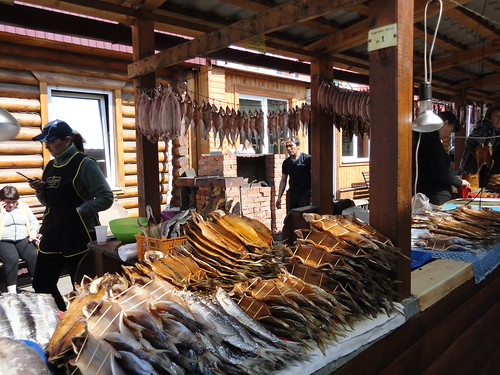
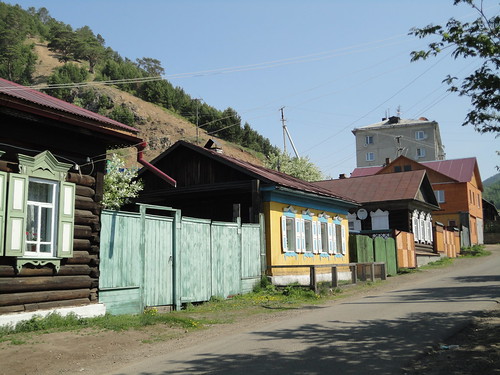
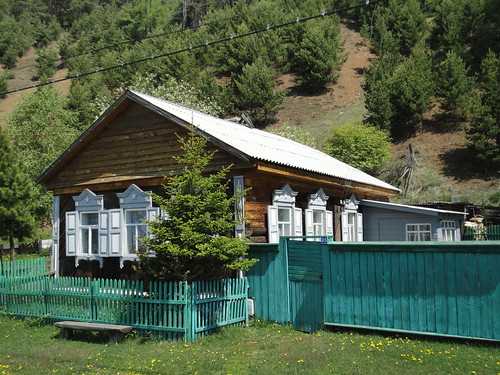

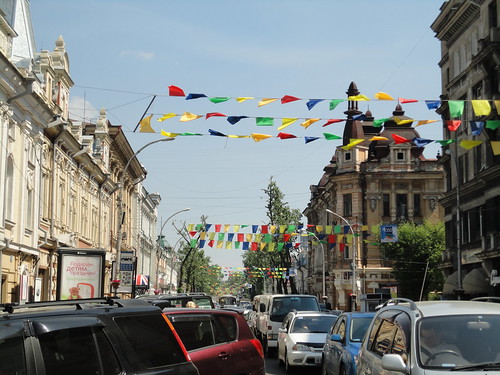




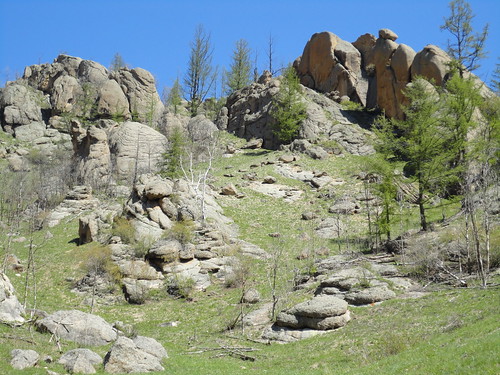
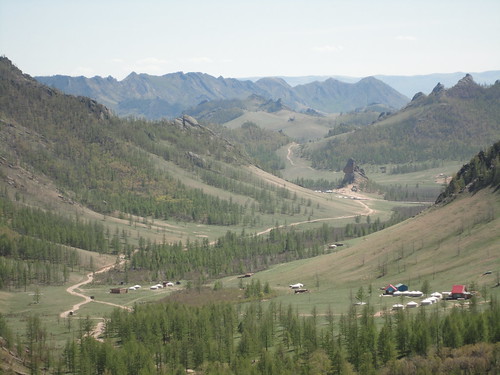
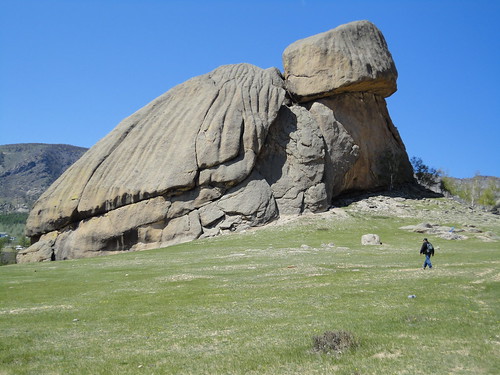
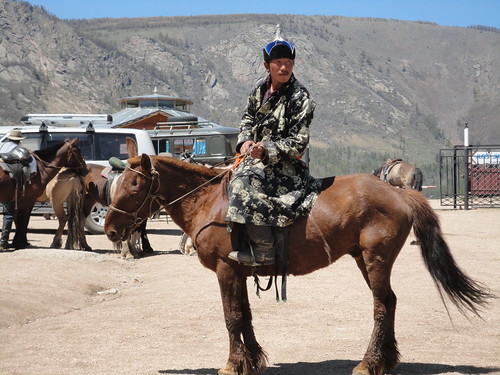
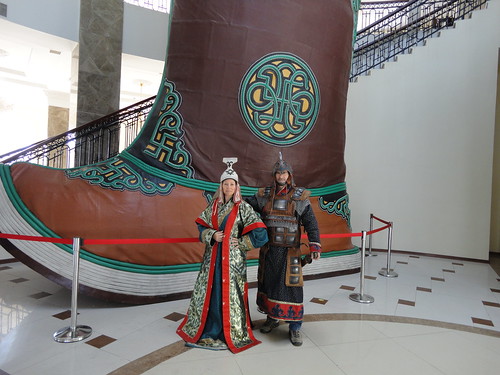
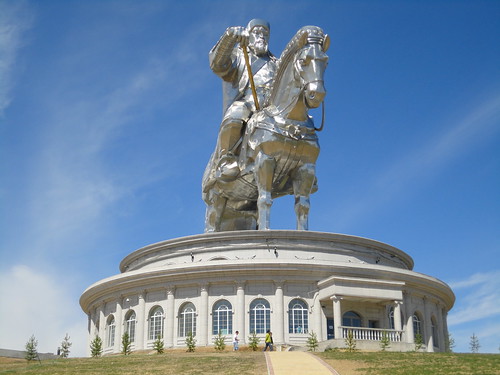
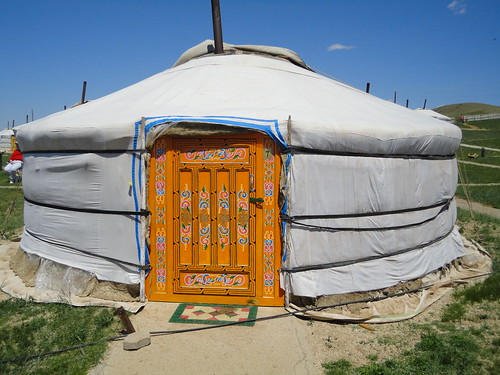
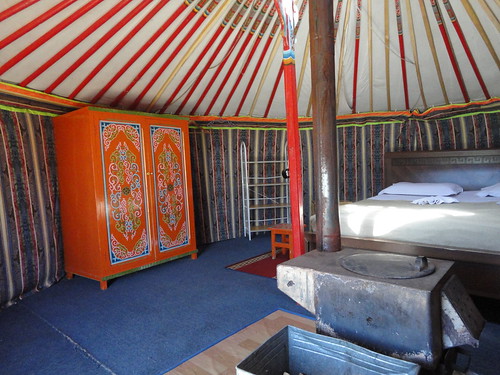
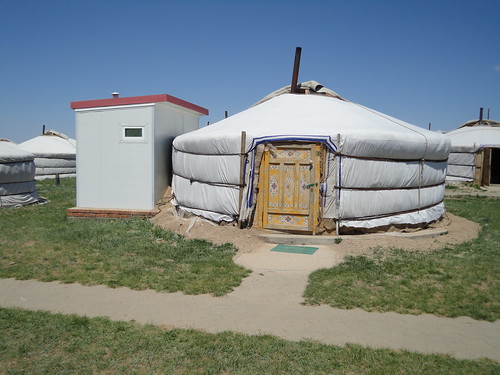
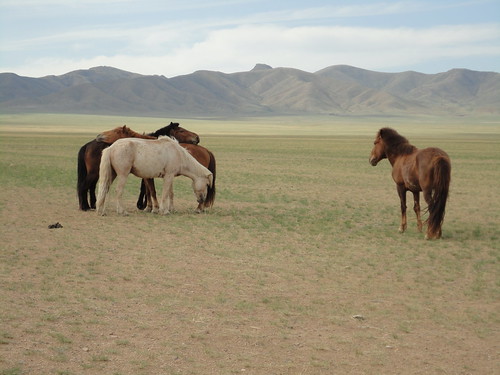

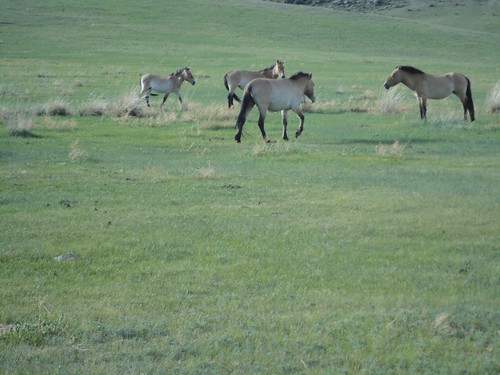
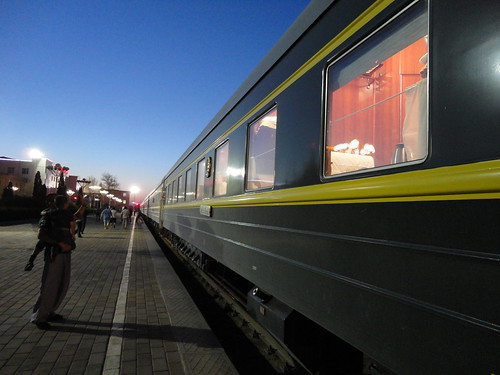


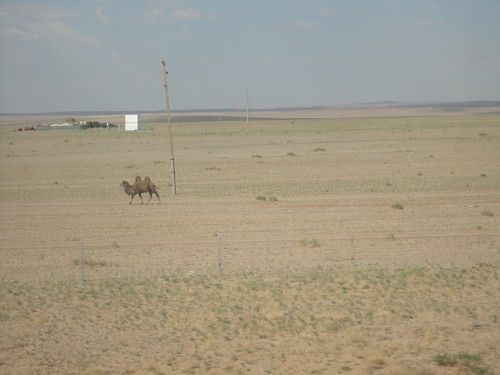
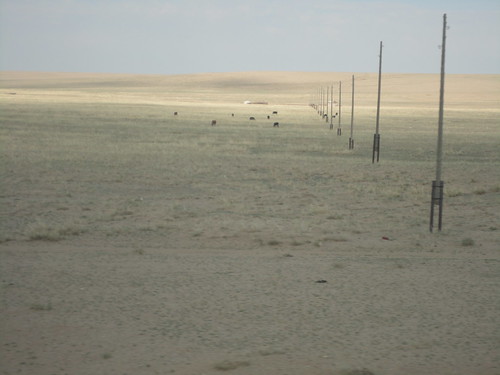
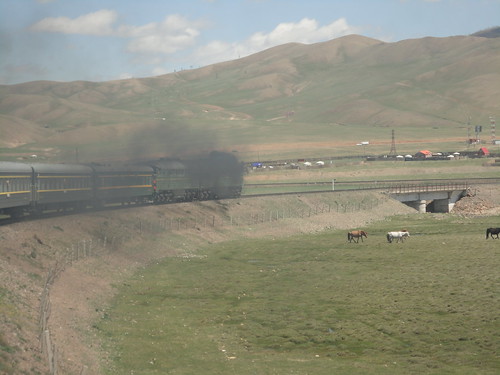

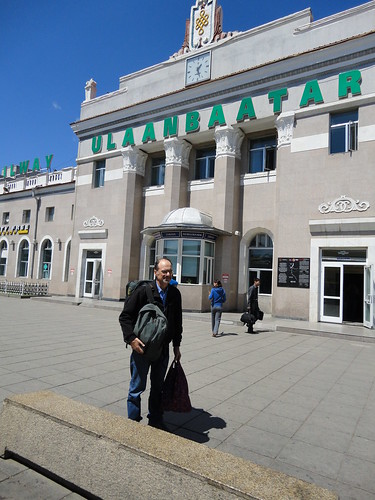
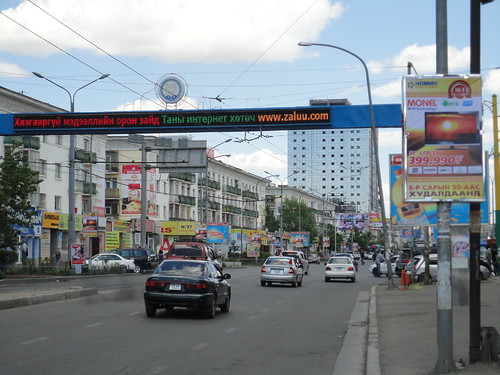
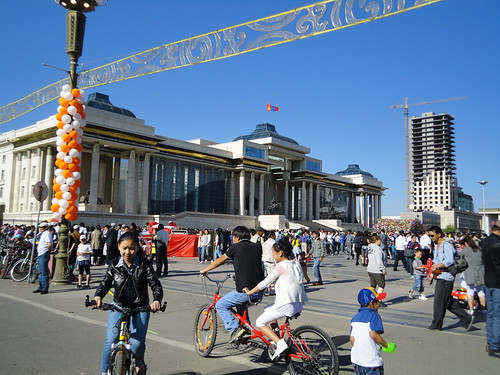
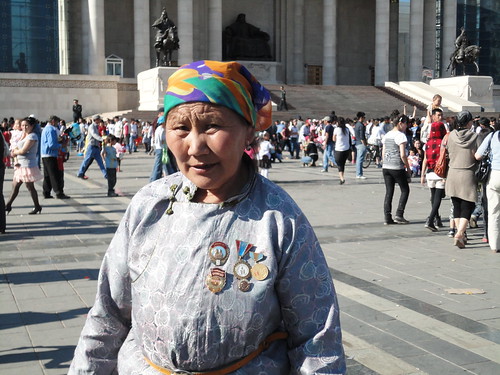
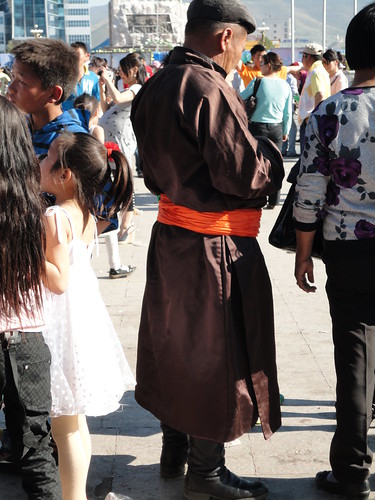
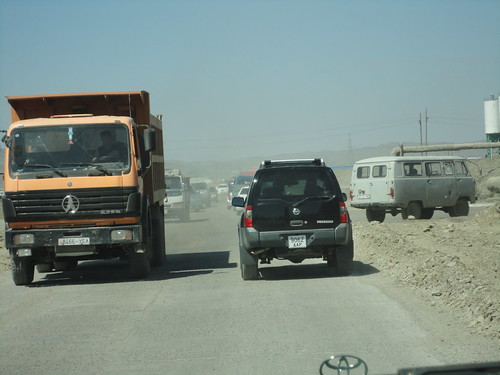
 Hi, I'm Eva - world traveller, cultural explorer and experience seeker. Together with my husband Max, we've been globetrotting for over 20 years.
Hi, I'm Eva - world traveller, cultural explorer and experience seeker. Together with my husband Max, we've been globetrotting for over 20 years.







0 comments: